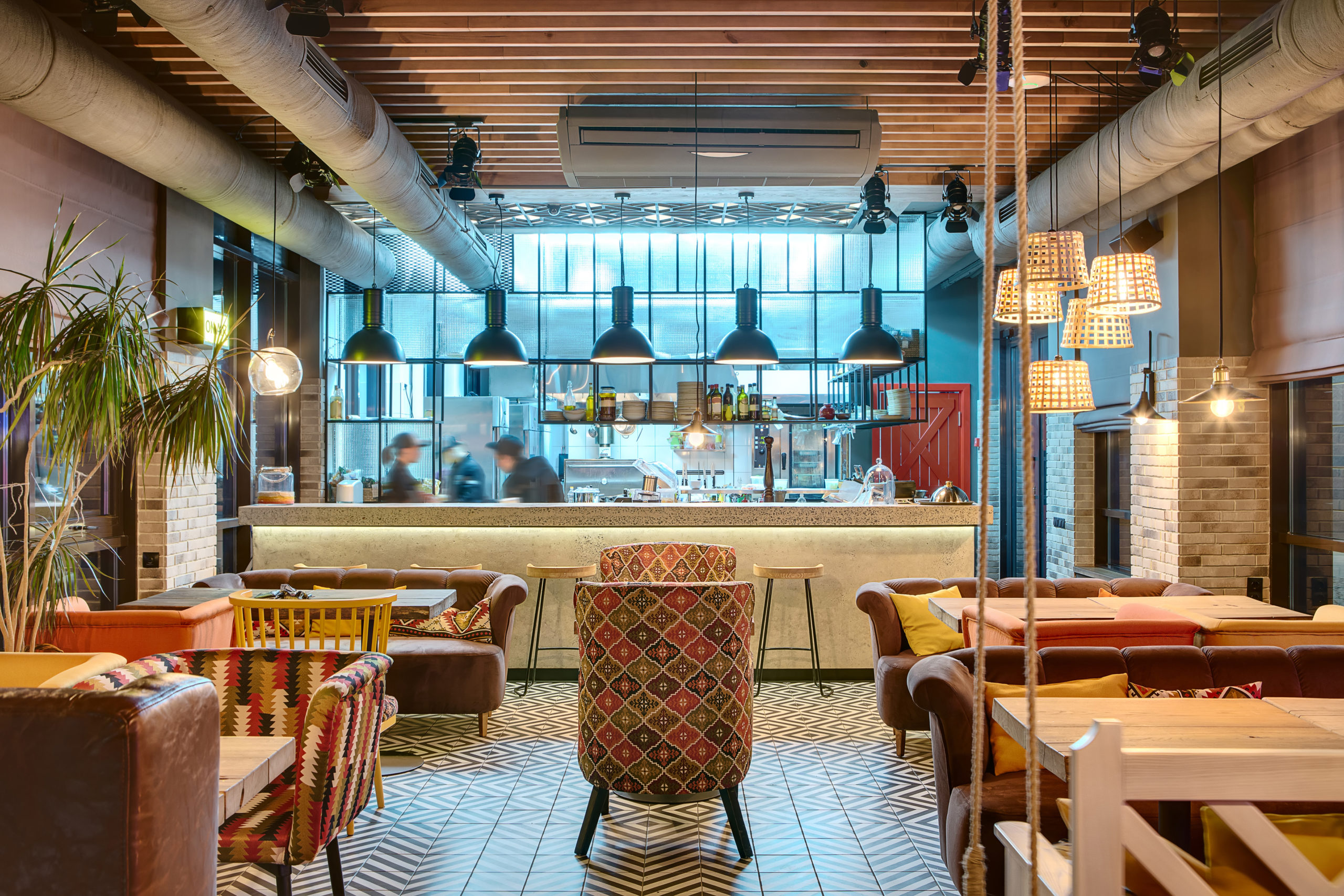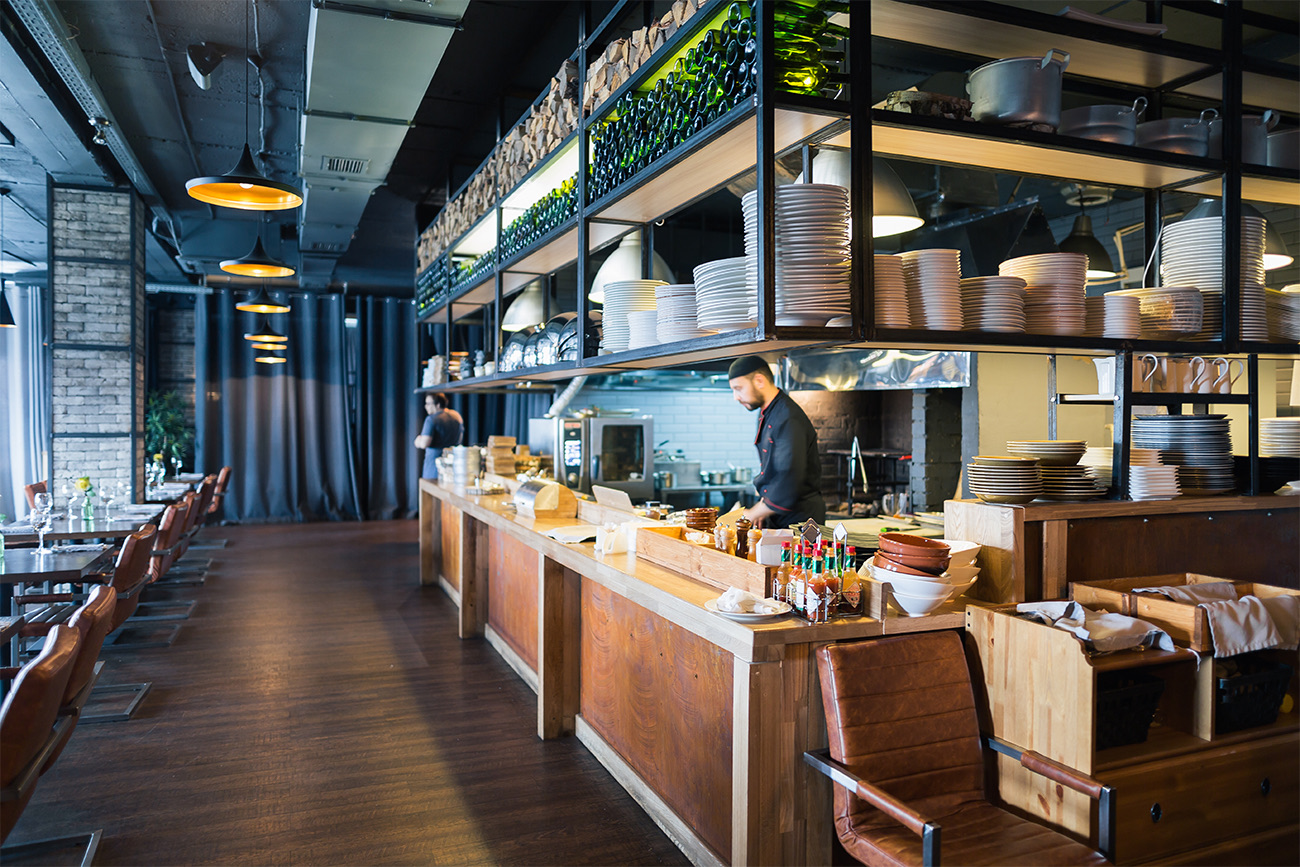In the competitive world of restaurant design, every detail contributes to creating an inviting and functional dining experience. One often overlooked but crucial element is the choice of commercial restaurant flooring. The right flooring can enhance the overall aesthetic, improve safety, and withstand the rigorous demands of a bustling restaurant environment. This article explores the various options for commercial restaurant flooring, their benefits, and considerations to help you make an informed decision.
Importance of Choosing the Right Flooring
When it comes to commercial restaurant flooring, the stakes are high. The flooring must not only complement the restaurant’s interior design but also endure heavy foot traffic, spills, and frequent cleaning. A well-chosen flooring solution can enhance the ambiance, reduce maintenance costs, and ensure safety. On the other hand, poor flooring choices can lead to increased expenses and a diminished customer experience. Therefore, understanding the key factors involved in selecting commercial restaurant flooring is essential for restaurant owners and managers.
Types of Commercial Restaurant Flooring
- Vinyl Flooring
Vinyl flooring is a popular choice for commercial restaurants due to its affordability, durability, and ease of maintenance. It comes in various styles, including sheets, tiles, and planks, allowing for flexibility in design. Vinyl is resistant to water, stains, and scratches, making it ideal for areas prone to spills and high traffic. Modern vinyl flooring also mimics the look of natural materials like wood or stone, providing aesthetic appeal without the associated maintenance challenges.
- Ceramic and Porcelain Tile
Ceramic and porcelain tiles are known for their durability and versatility. They are highly resistant to moisture, stains, and heavy impacts, making them suitable for both front-of-house and back-of-house areas. Ceramic tiles come in a range of colors, patterns, and textures, allowing for creative design possibilities. Porcelain tiles, being denser and less porous, offer even greater resistance to water and wear. Proper grout sealing and maintenance are essential to ensure the longevity and cleanliness of tile flooring.
- Hardwood Flooring
Hardwood flooring adds a touch of elegance and warmth to any restaurant setting. It is available in various species, finishes, and styles, providing a sophisticated look that can enhance the dining experience. While hardwood is durable, it requires regular maintenance to protect it from scratches and moisture damage. In commercial settings, it’s crucial to choose high-quality, treated hardwood that can withstand the wear and tear of a restaurant environment.
- Concrete Flooring
Concrete flooring has gained popularity in modern restaurant designs due to its industrial aesthetic and durability. It can be customized with various finishes, including polished, stained, or textured surfaces. Concrete is highly resistant to heavy loads and is easy to clean. However, it can be prone to staining if not properly sealed, and its hard surface may not be ideal for areas where comfort is a priority.
- Rubber Flooring
Rubber flooring is known for its slip-resistant properties and comfort underfoot. It is ideal for kitchens and areas where staff stand for extended periods. Rubber flooring is resilient, easy to clean, and absorbs noise, contributing to a quieter environment. It comes in various colors and patterns, allowing for customization to match the restaurant’s theme. Additionally, rubber flooring is eco-friendly, as it can be made from recycled materials.

Key Considerations When Choosing Flooring
- Durability and Maintenance
Durability is a primary concern for commercial restaurant flooring. The chosen material must withstand heavy foot traffic, frequent cleaning, and potential spills. Consider the flooring’s resistance to stains, scratches, and moisture. Additionally, evaluate the ease of maintenance and the associated costs. Some materials may require specialized cleaning products or professional maintenance, which can affect the overall budget.
- Safety
Safety is paramount in a restaurant environment. Flooring should provide adequate slip resistance to prevent accidents, especially in high-moisture areas like kitchens and restrooms. Look for flooring materials with anti-slip properties and consider adding mats or rugs in particularly slippery areas. Ensuring that the flooring meets relevant safety standards can help protect both customers and staff.
- Aesthetic Appeal
The appearance of the flooring contributes significantly to the restaurant’s ambiance. Choose a style, color, and texture that complements the overall design theme. Whether aiming for a modern, rustic, or elegant look, the flooring should enhance the visual appeal of the space. Consider how the flooring integrates with other design elements such as furniture, lighting, and wall treatments.
- Comfort and Acoustics
Comfort is a crucial factor for both customers and staff. Flooring should be comfortable to walk on and reduce fatigue, especially in areas where employees stand for long periods. Additionally, consider the acoustic properties of the flooring. Some materials, like rubber, offer sound absorption, which can create a quieter dining environment. Balancing comfort with durability and aesthetics is key to creating a pleasant restaurant experience.
- Cost and Budget
Budget constraints play a significant role in flooring selection. While high-end materials may offer superior durability and aesthetics, they can also be costly. Evaluate the total cost of installation, including materials, labor, and any additional treatments or finishes. Compare different options within your budget to find the best balance between quality and cost. Keep in mind that investing in durable and low-maintenance flooring can lead to long-term savings.
Installation and Maintenance Tips
- Professional Installation
Proper installation is crucial for ensuring the longevity and performance of commercial restaurant flooring. It is advisable to hire experienced professionals who can handle the complexities of installation, including subfloor preparation, layout, and adhesive application. Professional installers can also provide valuable insights and recommendations based on their expertise.
- Regular Maintenance
Regular maintenance helps preserve the appearance and functionality of the flooring. Follow manufacturer guidelines for cleaning and maintenance to prevent damage and ensure optimal performance. Implement a cleaning schedule that includes daily sweeping or vacuuming, periodic mopping, and addressing spills promptly. For materials that require sealing or special treatments, adhere to recommended intervals to maintain their integrity.
- Addressing Wear and Tear
Over time, all flooring materials will experience wear and tear. Regularly inspect the flooring for signs of damage, such as scratches, stains, or loose tiles. Address issues promptly to prevent further deterioration. For materials like vinyl or rubber, consider using protective mats or rugs in high-traffic areas to reduce wear. In cases of significant damage, consult with professionals for repairs or replacement options.
Conclusion
Selecting the right commercial restaurant flooring involves balancing durability, safety, aesthetics, comfort, and cost. Each flooring type has its unique benefits and considerations, making it essential to evaluate your specific needs and preferences. By choosing the appropriate flooring, you can create an attractive and functional dining space that enhances the overall guest experience and supports the demands of a busy restaurant environment. With careful planning and professional installation, you can elevate your restaurant’s ambiance while ensuring long-term performance and satisfaction.





